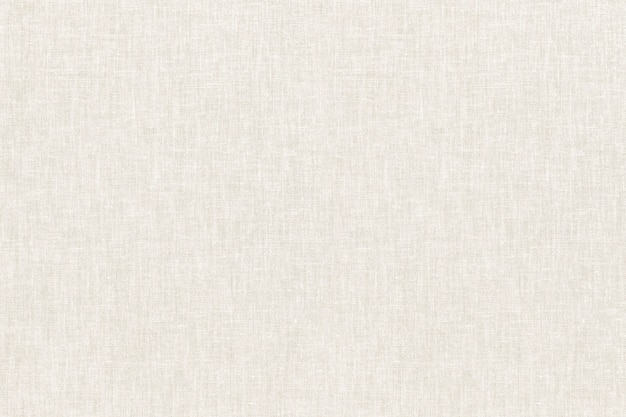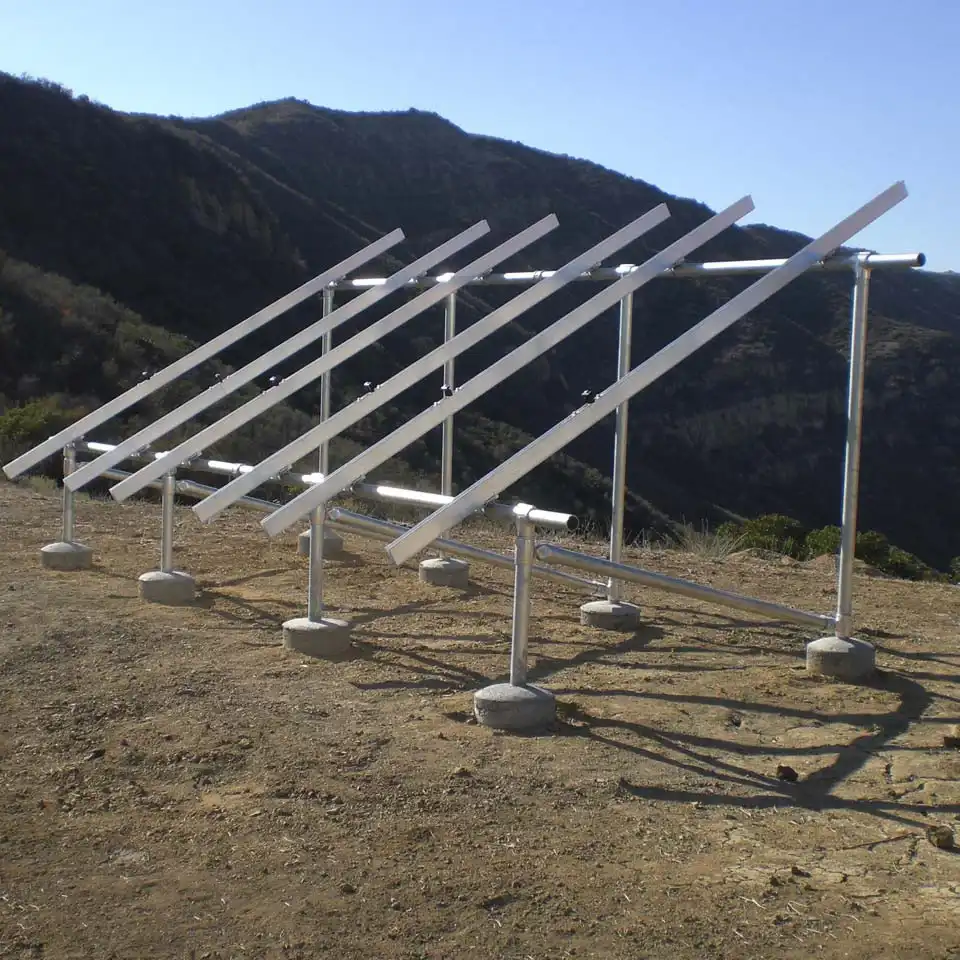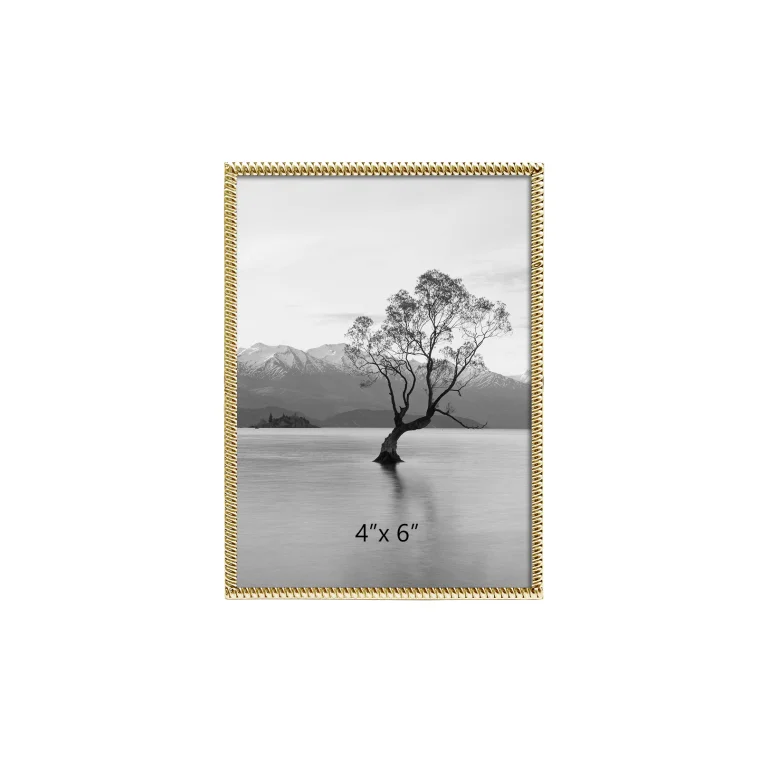Unveiling the Marvels of Viscose Yarn: A Comprehensive Guide

In the realm of textiles, one fiber stands out for its versatility, comfort, and eco-friendliness - viscose yarn. Derived from natural sources, this remarkable material has revolutionized the fashion and textile industry. In this comprehensive guide, we will delve into the intricacies of viscose yarn, exploring its production process, properties, applications, and environmental impact.
- The Origins of Viscose Yarn:
Viscose yarn, also known as rayon, originates from cellulose, a natural polymer found in plants. By treating cellulose with chemicals, it undergoes a transformation into a soluble compound called viscose. This viscose solution is then extruded through spinnerets, resulting in the formation of fine filaments that are spun into yarn. - Properties and Advantages:
Viscose yarn possesses a plethora of desirable properties that make it a preferred choice for various applications. Its softness, breathability, and excellent drape make it ideal for clothing, while its high absorbency and dyeability allow for vibrant and long-lasting colors. Additionally, viscose yarn exhibits good strength, durability, and resistance to wrinkles, ensuring longevity in finished products. - Applications in Fashion and Beyond:
Viscose yarn's versatility extends to a wide range of applications. In the fashion industry, it is used to create luxurious fabrics such as satin, chiffon, and velvet, as well as everyday garments like t-shirts, dresses, and blouses. Beyond fashion, viscose yarn finds its way into home textiles, upholstery, medical textiles, and even industrial products like tire cords and conveyor belts. - Environmental Considerations:
As sustainability becomes increasingly important, viscose yarn offers a greener alternative to synthetic fibers. Derived from renewable sources such as wood pulp, it is biodegradable and has a lower carbon footprint compared to petroleum-based fibers. However, the production process of viscose yarn has faced criticism due to its chemical-intensive nature. We will explore the efforts being made to improve its environmental impact, such as closed-loop production systems and the use of eco-friendly solvents.
Conclusion:
Viscose yarn has undoubtedly revolutionized the textile industry, offering a sustainable and versatile alternative to traditional fibers. Its softness, breathability, and adaptability make it a favorite among designers and consumers alike. As we continue to prioritize sustainability, advancements in production processes will further enhance the eco-friendliness of viscose yarn. Embracing this remarkable fiber opens up a world of possibilities for a more sustainable and stylish future.






